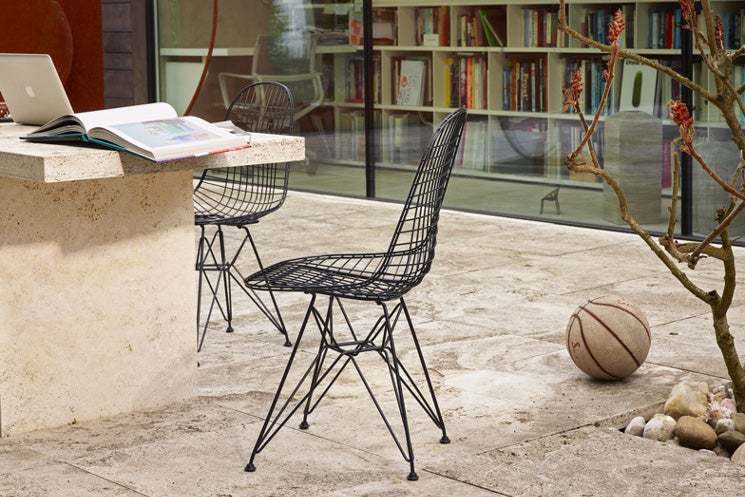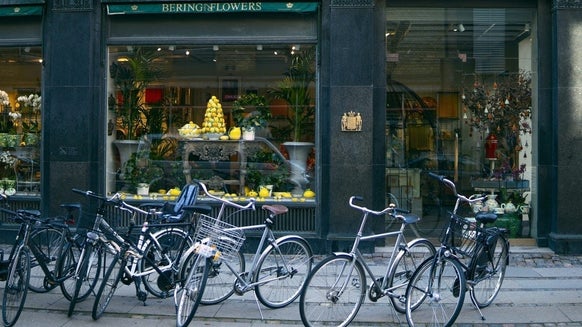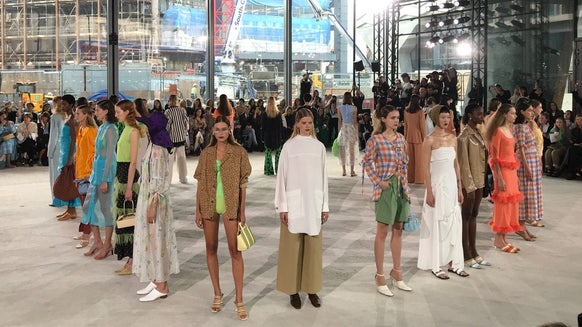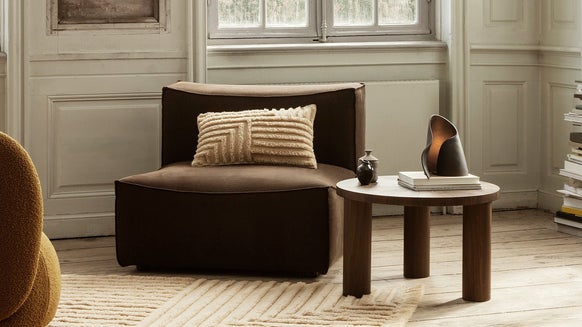How Charles and Ray Eames defined style

Post-Second World War, a group of designers would come together to completely change the face of architecture and furniture design. In a move that was completely removed from the opulence that had dominated the decades (and centuries) before it, these designers would come to create what is now known as mid-century modern; its effects still seen in homes, buildings and showrooms around the world.
The Scandinavians (Arne Jacobsen, Kaare Klint and Finn Juhl, amongst others) had a big impact in this overhaul, creating stripped back and functional furniture – but across the Atlantic, it was husband-and-wife duo Charles and Ray Eames who were making waves.
Living and working together for more than 30 years, the Eameses (he an architect, she an artist, designer and filmmaker) continued to create innovative, ground breaking contributions to a variety of disciplines: architecture, furniture design, industrial design, manufacturing and photography.
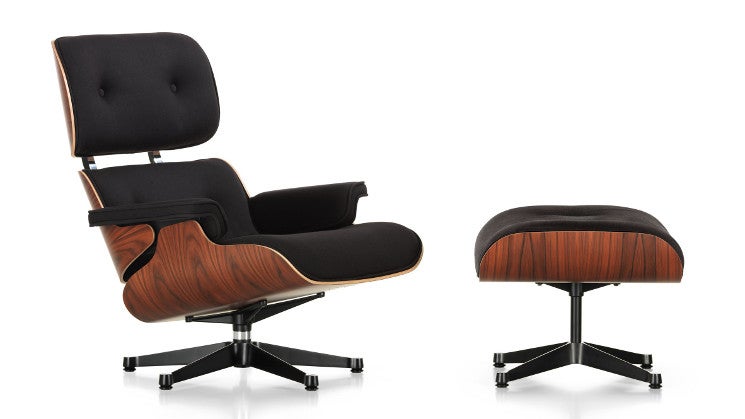
It was their work in architecture and furniture design that has perhaps had the most lasting legacy, however. Constantly pioneering new technologies such as moulded plywood, fibreglass and plastic, they went on to create iconic styles such as the Eames Lounge Chair and the Eames Chaise; influences from which are still echoed in contemporary design.
Their own house, too, has become one of the most iconic builds of the 20th century. Built in 1947, the design and techniques used in the home were derived from experiences from WWII – part of a case study of 25 houses that did the same.
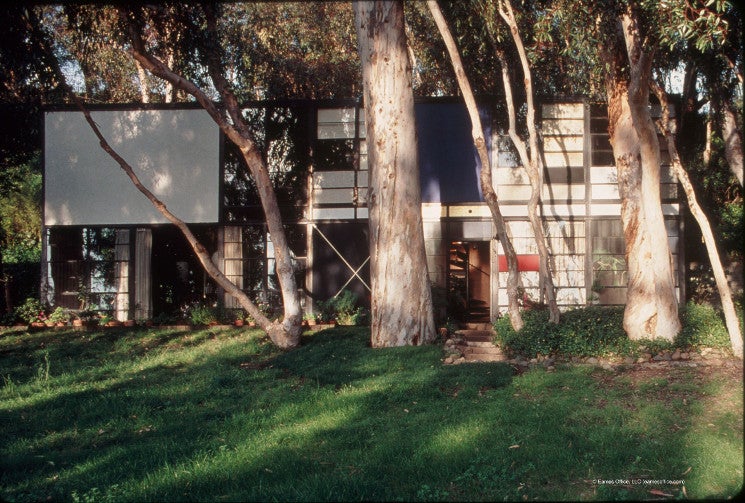
Known as Case Study House No.8, the home was designed by the pair to meet their needs as a cohabiting couple and as a space to work and entertain. Made from prefabricated materials, the house was completely modern and innovative at the time, its steel frames, floor-to-ceiling glass walls replicated in homes and buildings around the world.
Their philosophy was a democratic one, not wanting to appeal to the rich elitist but to the masses, wanting their designs to deliver “the best to the greatest number of people for the least” (that low cost approach to furniture that has been adopted by many – most notably that Swedish flat pack giant).
They democratised design for the first time, shaping it for a whole new generation and way of life.
